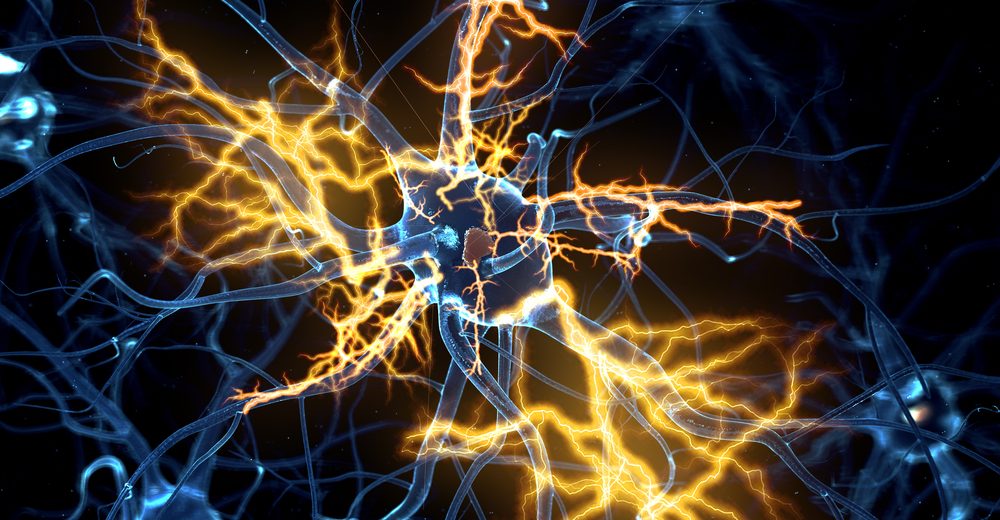
Immune-responsive cells of the brain – namely microglia and astrocytes – activate in response to brain injury or pathogens. This activation leads to a local neuroinflammatory response that serves to isolate and protect the tissue, remove the noxious agent, and promote recovery. However, while beneficial in the short term, the chronic release of pro-inflammatory chemicals (cytokines and chemokines) becomes increasingly toxic, and actually begins to contribute to neuropathology in its own right.
Chronic neuroinflammation is thought to play a central role in the progressive degeneration of brain tissue in disorders such as Alzheimers, Parkinsons, Huntingtons, and Motor Neuron Diseases. However, there is little current understanding of the link between in vivo neuroinflammation and in vivo brain degeneration in humans.
Positron emission tomography (PET) using the 18F-FEMPA tracer – which binds to activated immune-responsive brain cells – offers a unique non-invasive window into the spatial distribution and magnitude of the neuroinflammatory response in the human brain.
The current study combines 18F-FEMPA PET with simultaneously acquired magnetic resonance imaging (MRI) to investigate the relationship between neuroinflammation and brain atrophy in neurodegenerative disorders. The rapidly growing global burden of individuals suffering from dementia highlights the importance of understanding the mechanisms underpinning neurodegeneration, as well as age related changes in the healthy brain.
The MRI-PET scanner located at Monash Biomedical Imaging is enabling a number of world first brain imaging studies using the FEMPA tracer to acquire PET images simultaneously with functional MRI scans. These highly innovative research projects have the potential to dramatically improve our understanding of the mechanisms of neuroinflammatory diseases, to advance our ability to identify molecular biomarkers, and potentially to aid in the discovery of therapeutic targets for these diseases.
18F-FEMPA is a proprietary PET tracer, originally developed by Bayer Healthcare, and now owned by Piramal Imaging. It targets the Translocator protein (TSPO), an 18 kDa protein mainly found on the outer mitochondrial membrane. It was first described as peripheral benzodiazepine receptor (PBR), a secondary binding site for diazepam. TSPO is overexpressed in activated microglia and macrophages, commonly observed in various inflammatory and neurodegenerative diseases in the brain
Cyclotek has validated the manufacturing method for 18F-FEMPA under Good Manufacturing Practice (GMP) guidelines, in its facilities in Bundoora. It is now making it available for research purposes to a number of sites in Australia.
Cyclotek has entered into a Clinical Trial Supply Agreement with Monash Biomedical Imaging, for the use of 18F-FEMPA in studies in conjunction with the Monash University.
[contact-form-7 id=”714″ title=”Update Form”]